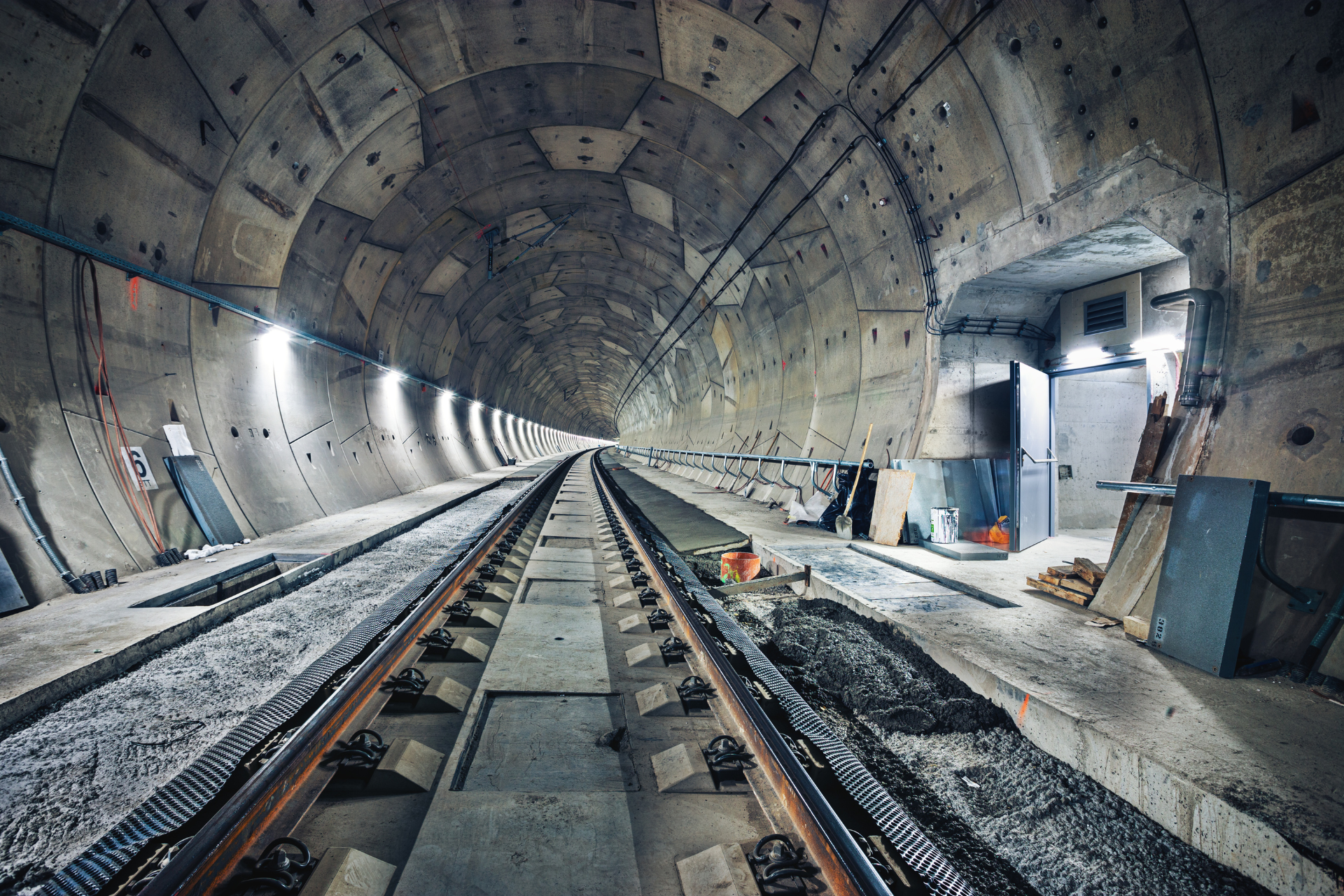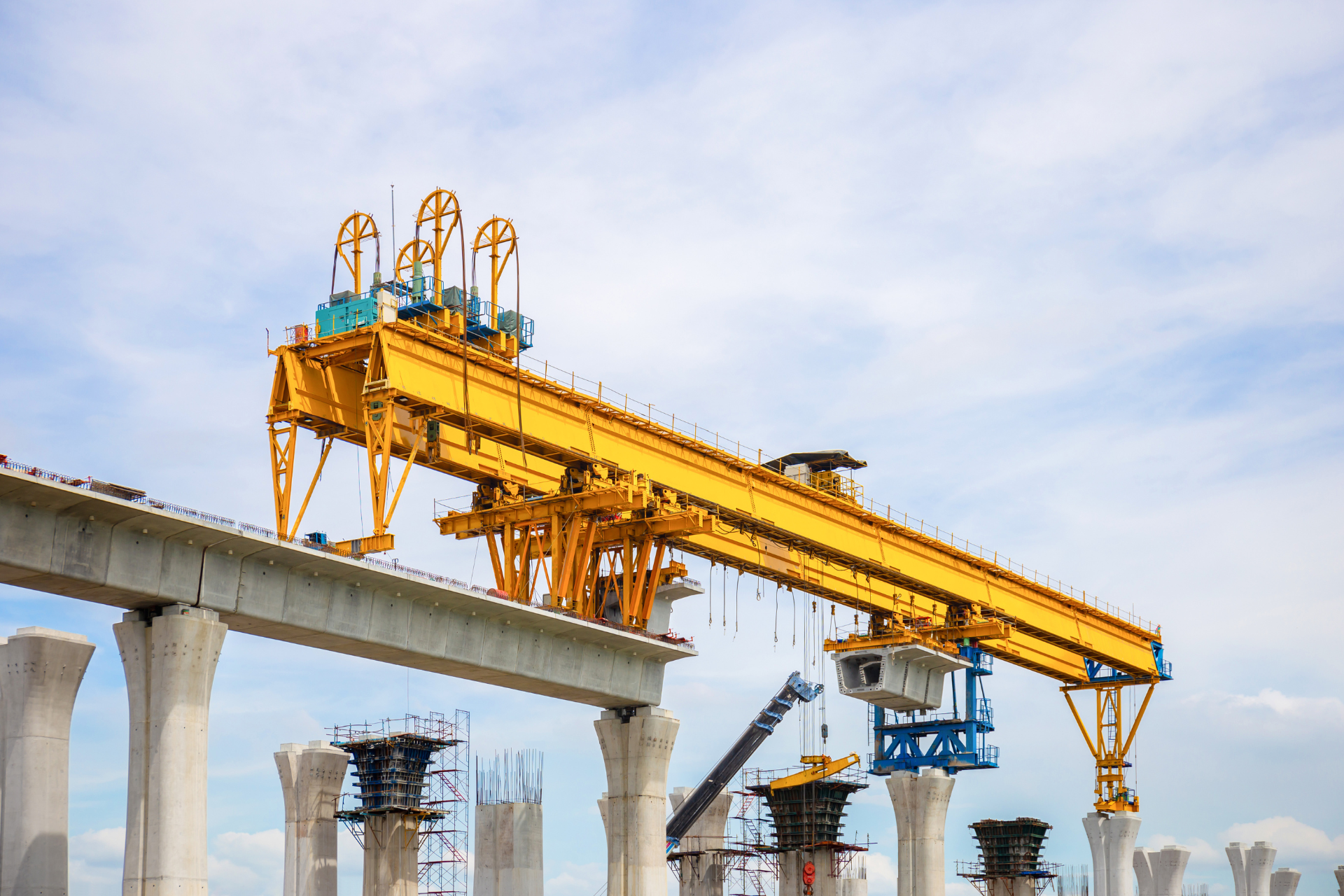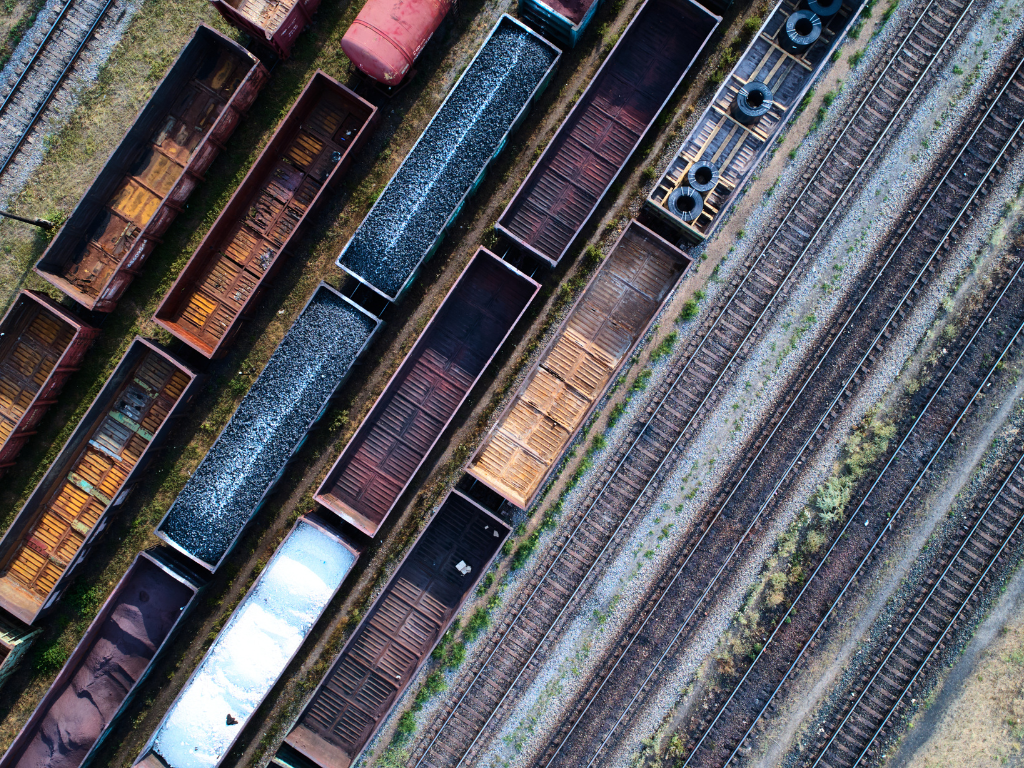Control Period 7 and the Impact on Talent Acquisition

As Network Rail embarks on its ambitious Control Period 7 (CP7) journey from 2024 to 2029, the £45 billion investment programme presents both exciting opportunities and significant challenges for the rail recruitment sector. At Mane, we're closely monitoring these developments to ensure we can support both our clients and candidates in navigating this transformative period in British railway history.
Understanding the Scale of CP7
The scope of CP7 is truly remarkable, encompassing comprehensive improvements across Britain's railway infrastructure. With major projects planned in both the Southern region and Scotland, alongside nationwide initiatives, the demand for skilled professionals is set to surge across multiple disciplines.
Key Areas Driving Recruitment Demand
Digital Transformation
The emphasis on digital signalling upgrades and modern technology implementation will create substantial demand for:
- Systems engineers
- Digital technology specialists
- Signalling design engineers
- Data analysts
Sustainability Focus
With Network Rail targeting a 20.5% reduction in carbon emissions, we're seeing increased requirements for:
- Environmental sustainability experts
- Electrification specialists
- Clean energy consultants
- Environmental impact assessors
Infrastructure Resilience
The £2.8 billion allocation for resilience and maintenance activities will require:
- Civil engineers
- Structural specialists
- Geotechnical engineers
- Project managers with experience in climate adaptation
Regional Opportunities
Southern Region
The Southern region's focus on major station improvements and digital upgrades is creating particular demand for:
- Station development specialists
- Passenger flow consultants
- Digital infrastructure experts
- Construction project managers
Scotland's Railway
The emphasis on rural connectivity and decarbonisation in Scotland is driving requirements for:
- Rural infrastructure specialists
- Electrification engineers
- Community engagement professionals
- Environmental impact specialists
Skills Gap Challenges
The scale of CP7 investment brings into sharp focus the existing skills gaps within Britain's rail sector. The industry faces several critical challenges, including an ageing workforce approaching retirement, increased competition for engineering talent from other infrastructure sectors, and the rapid evolution of technical requirements, particularly in digital systems.
The push for new green technologies and sustainable solutions has also created additional pressure on the talent pool, as these specialised skills are in high demand across all infrastructure sectors. Traditional rail engineering expertise must now be complemented by digital capabilities, environmental knowledge, and modern project management methodologies.
Furthermore, the industry needs to attract a more diverse workforce to bring fresh perspectives and innovation to these challenges, particularly as it embraces new technologies and ways of working.
Looking Ahead
The transformation of Network Rail into Great British Railways during CP7 adds another layer of complexity to the recruitment landscape. This institutional change, combined with the ambitious delivery targets, means that flexible and innovative recruitment strategies will be essential.
Our Commitment
As we progress through CP7, Mane remains committed to supporting both clients and candidates in meeting the challenges and opportunities ahead. Our deep understanding of the rail sector, combined with our extensive candidate network, positions us perfectly to support the delivery of these ambitious plans.
Whether you're an organisation looking to build your CP7 delivery team or a professional seeking to be part of this exciting period in British railway history, we're here to help shape the future of Britain's railways.
For more information about CP7 opportunities or to discuss your recruitment needs, contact our specialist rail team today.





